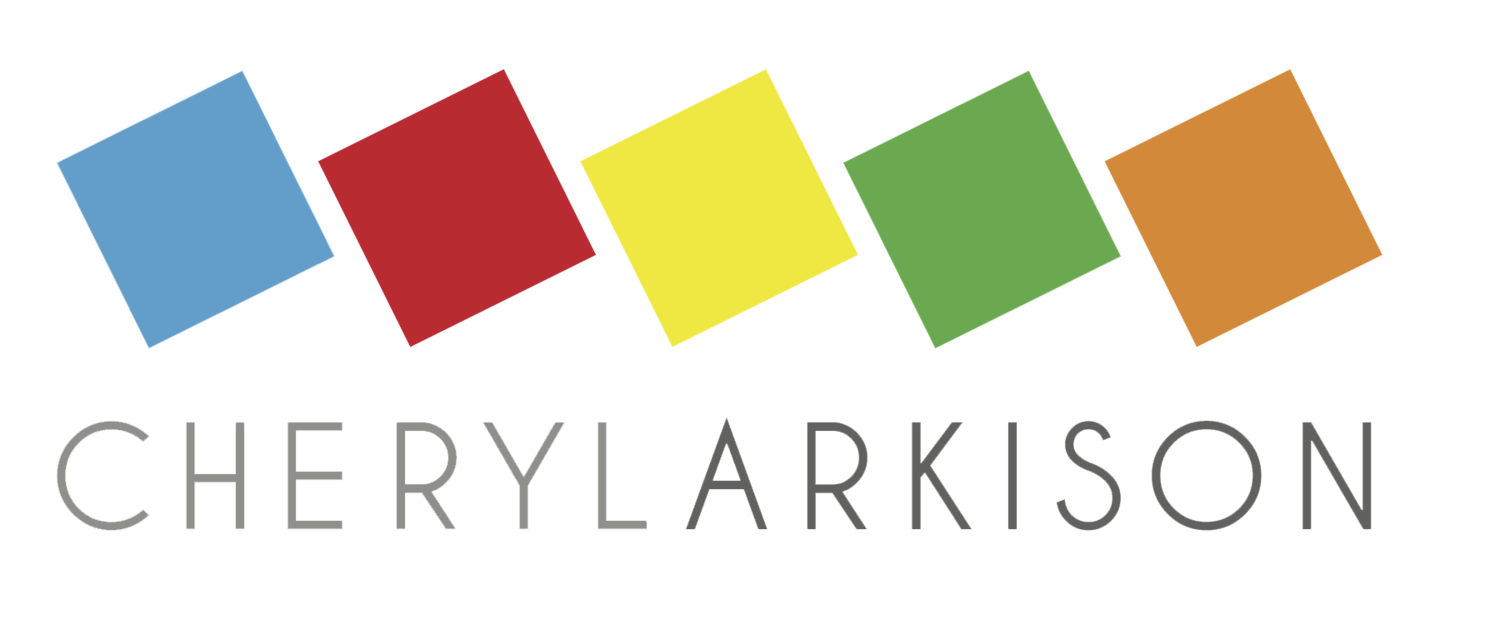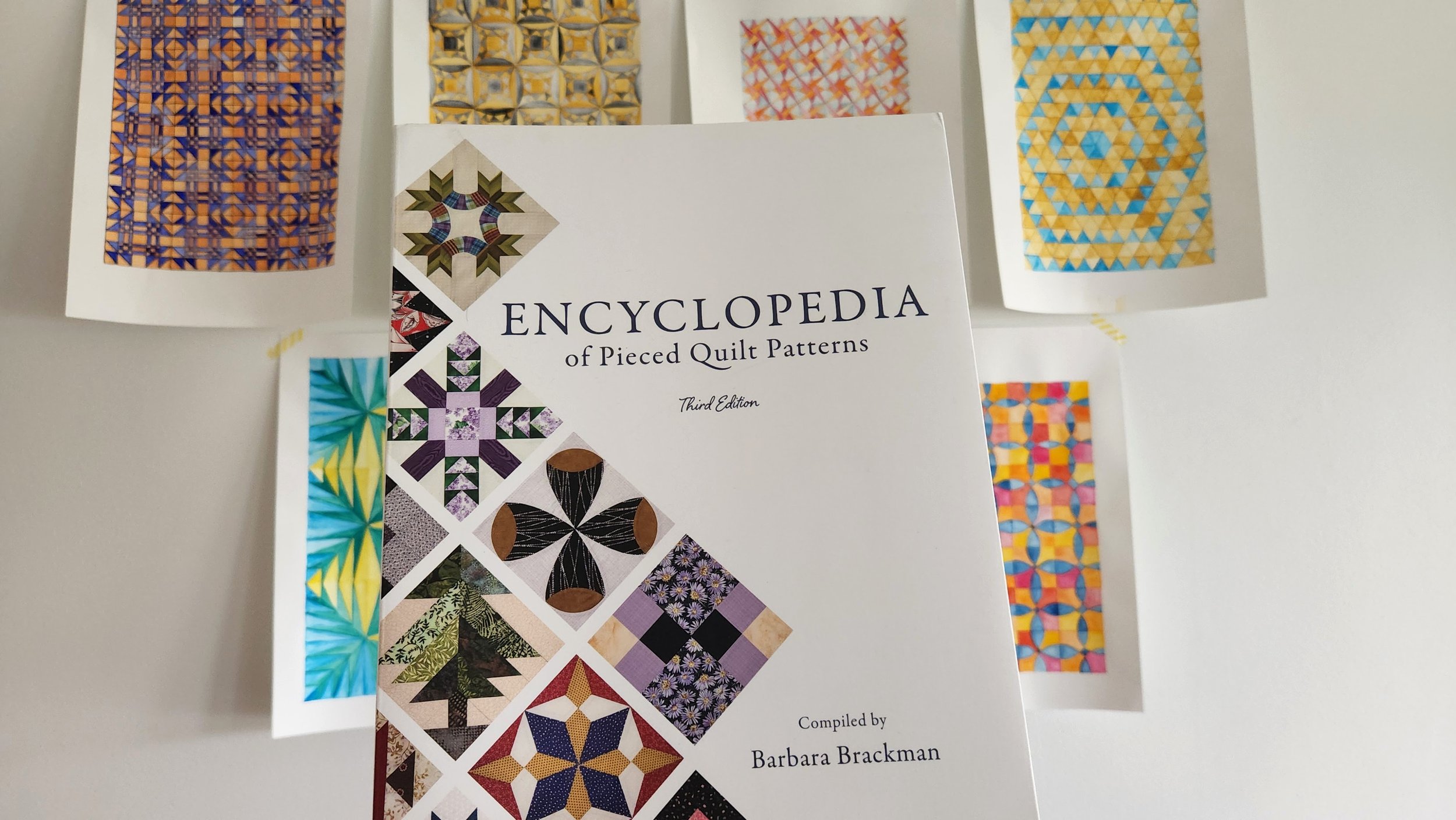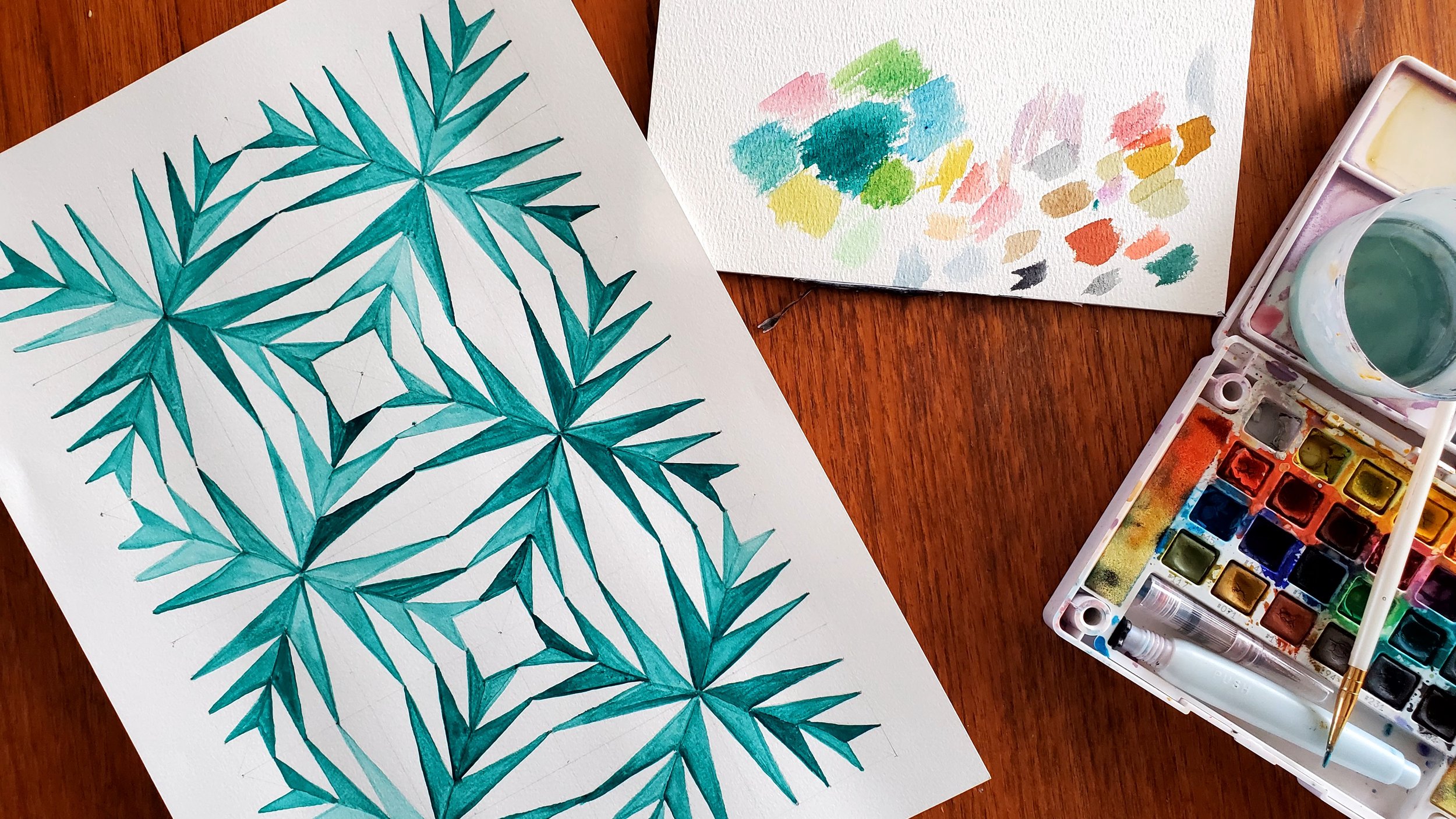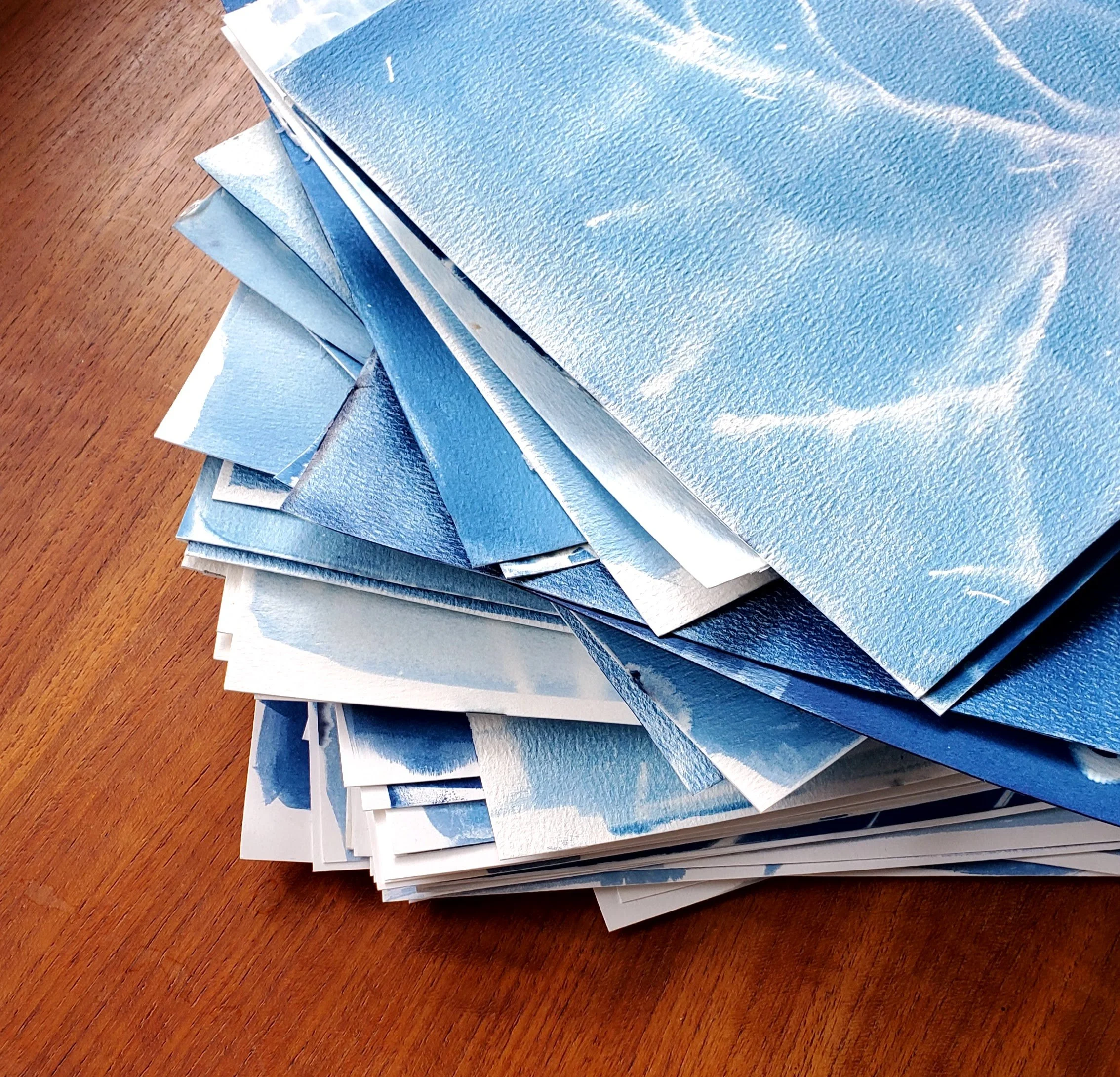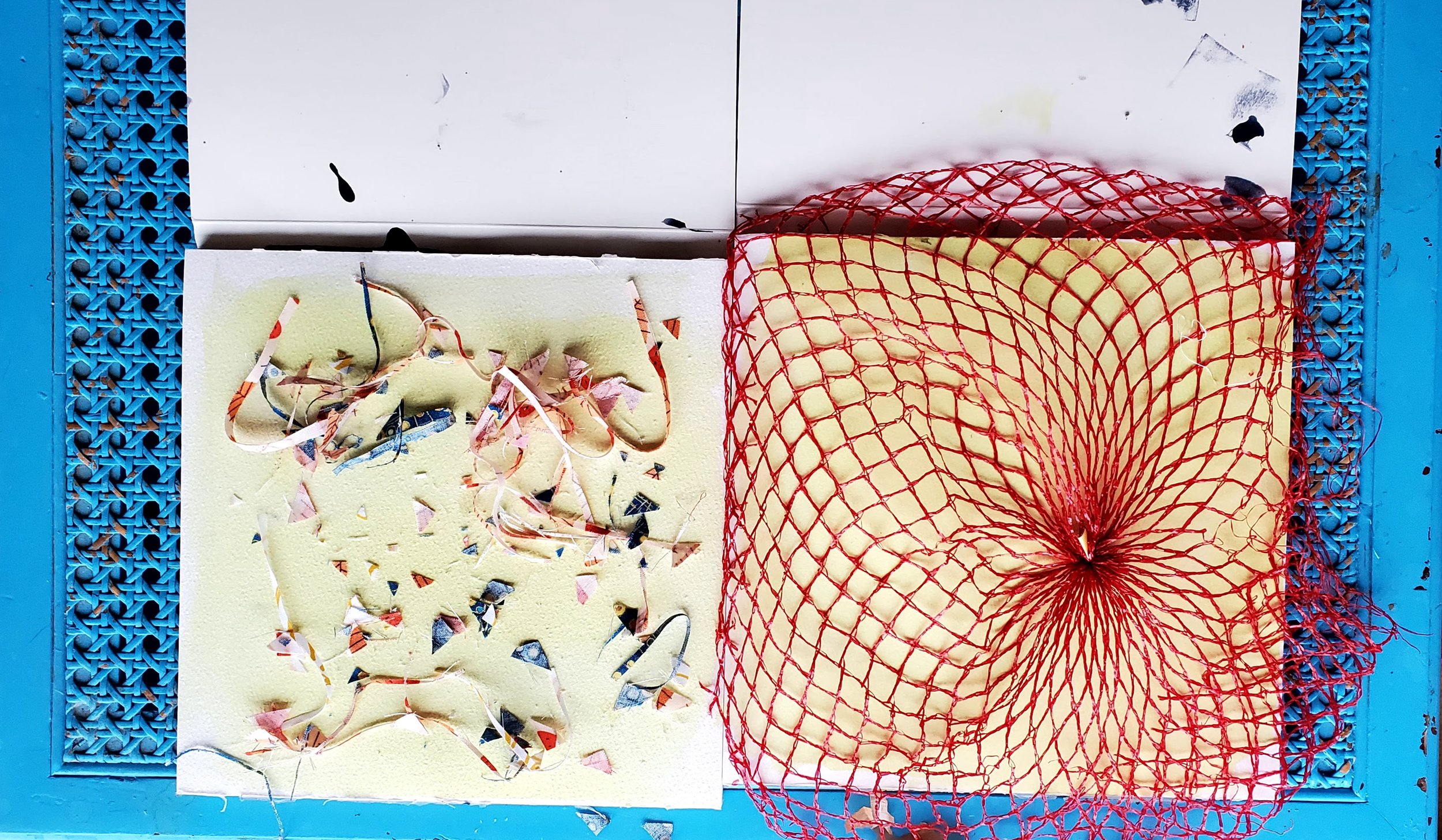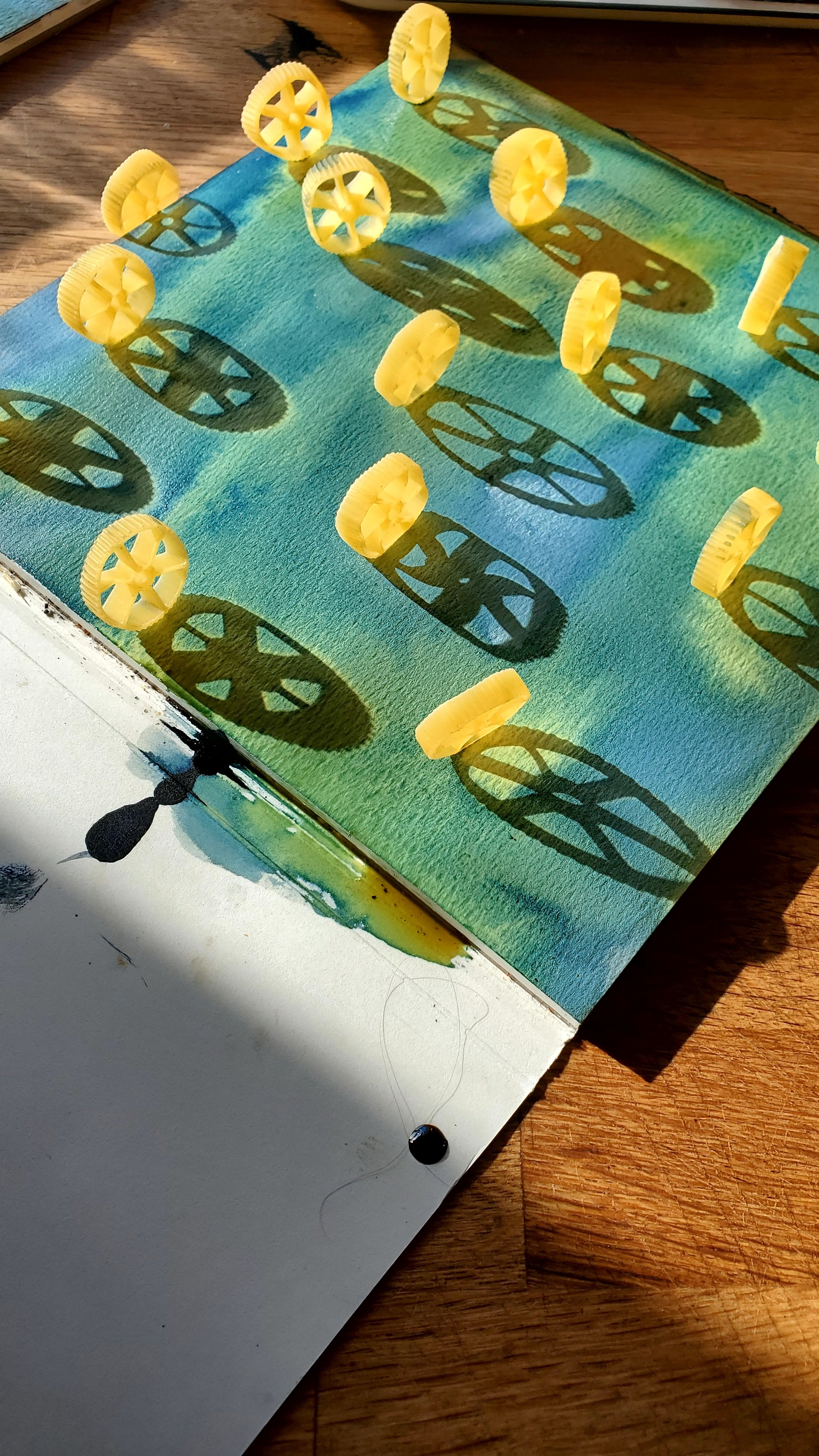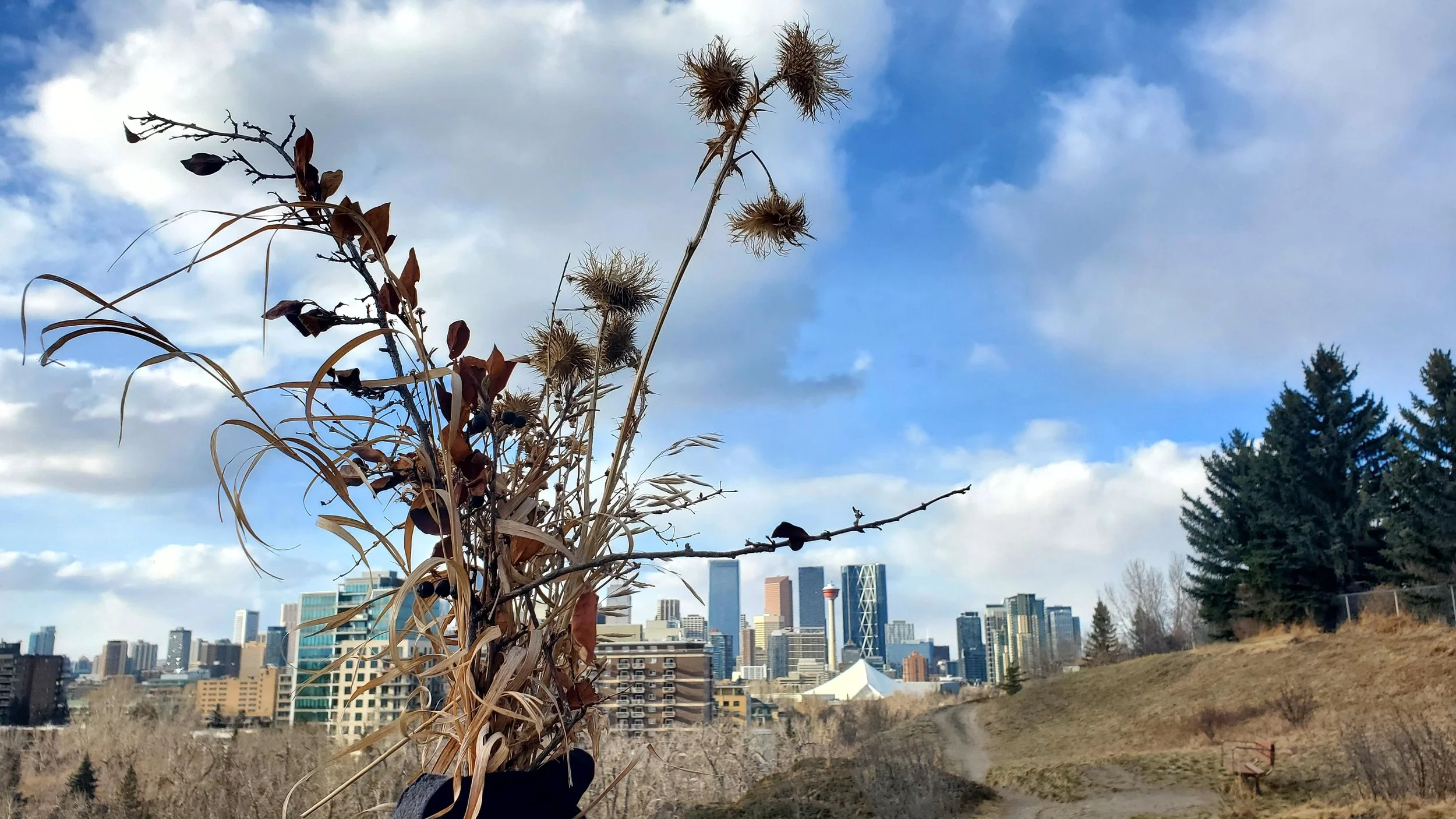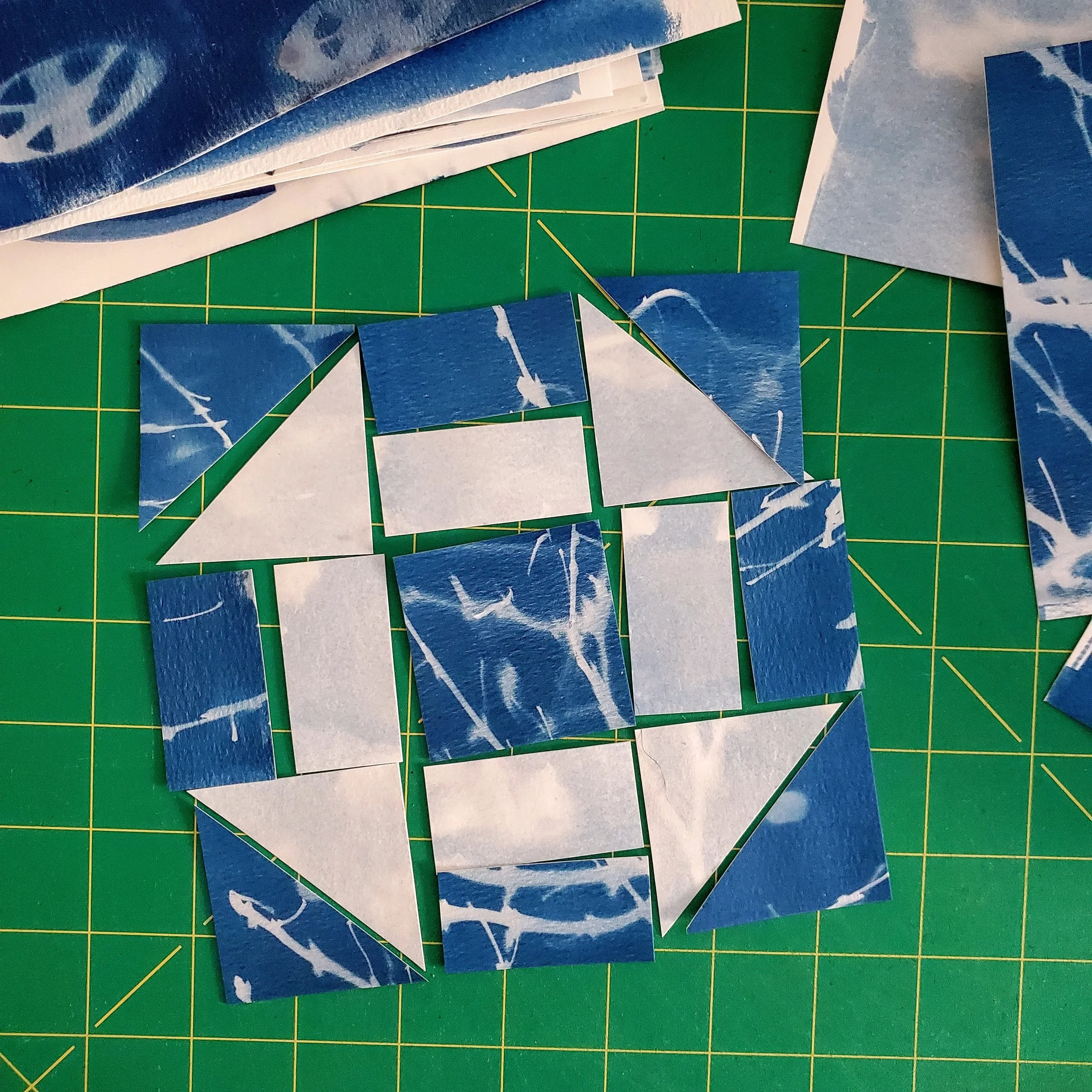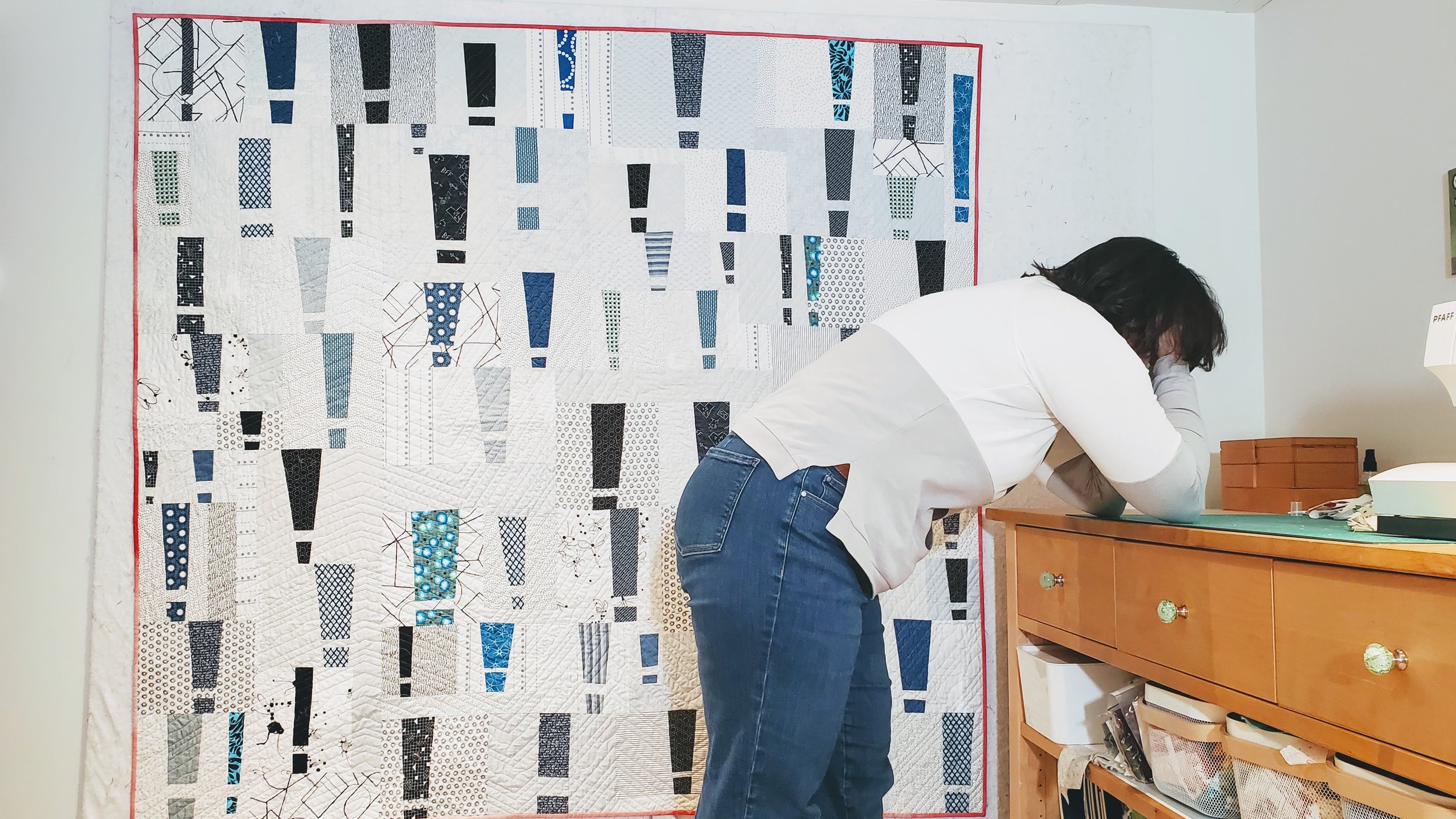While May was a busy month for a family it was a relaxing month for Morning Make. Indeed, starting my day with Morning Make meant that I was in a good frame of mind for the rest of a chaos.
These watercolour sketches of quilts are not a new to me effort. I’ve made a few in the past. For me, it’s a great, relaxing activity. Plus, I get to explore traditional quilts without having to sew them. All that precision piecing!
While there are a million resources for quilt blocks in both print and online I turned to this beauty of a book for picking out my patterns: The Encyclopedia of Pieced Quilt Patterns by Barbara Brackman. It’s an absolute classic and was recently reprinted. It pairs, if you like, with the Electric Quilt products, but you can buy the stand alone book. I picked mine up through Quilt Folk, but check your local quilt stores (or ask them to order it for you) or through the big A. Note, the book only contains drawings of the patterns, there are no measurements, piecing instructions, or templates. You need the Block Base software for that.
It was an absolute treat to flip through the book. As you can imagine, it was hard to narrow down a block choice each time! I ended up picking blocks I either always wanted to try or love but will likely never piece myself.
Each painting started with a pencil sketch. Using a good old ruler, a sharp pencil, and with an eraser nearby I translated the single block drawing into a quilt sketch. Sometimes I played with layout, sometimes it was straight grid.
Once the pencil sketch was done I started painting. These are the basic watercolour sets I bought just before the pandemic started. I tried to stick with the colours of the palette itself, so that I wasn’t trying to match colours day over day. I also stuck with 2-3 colours only. This was to force myself to concentrate on the design of the block, not try to create a watercolour quilt like I would sew one. Simplicity is sometimes a challenge for me so this was good practice.
On the first painting of the month I outlined the ‘seam lines’ of the quilt with a black pen. I really thought I would do this to all of them, but ended up not liking the look. I’d done it previously but something about it didn’t feel right this time. I suppose I just wanted a softer look.
It might be a little less ‘finished’? I’m not sure, but I still prefer it with the outline.
My watercolour skills are still very basic - this is essentially just colouring. But there is something about the movement of watercolour that is different than anything else. I am still smitten after my first forays into it over 2 years ago now. Loads to explore!
